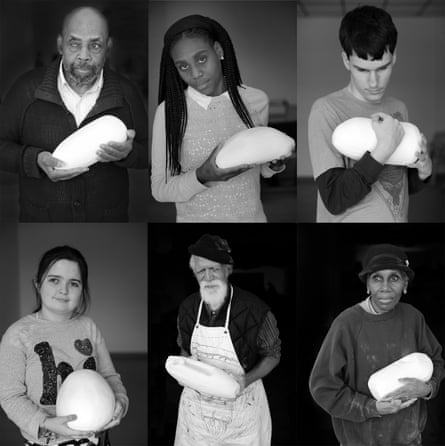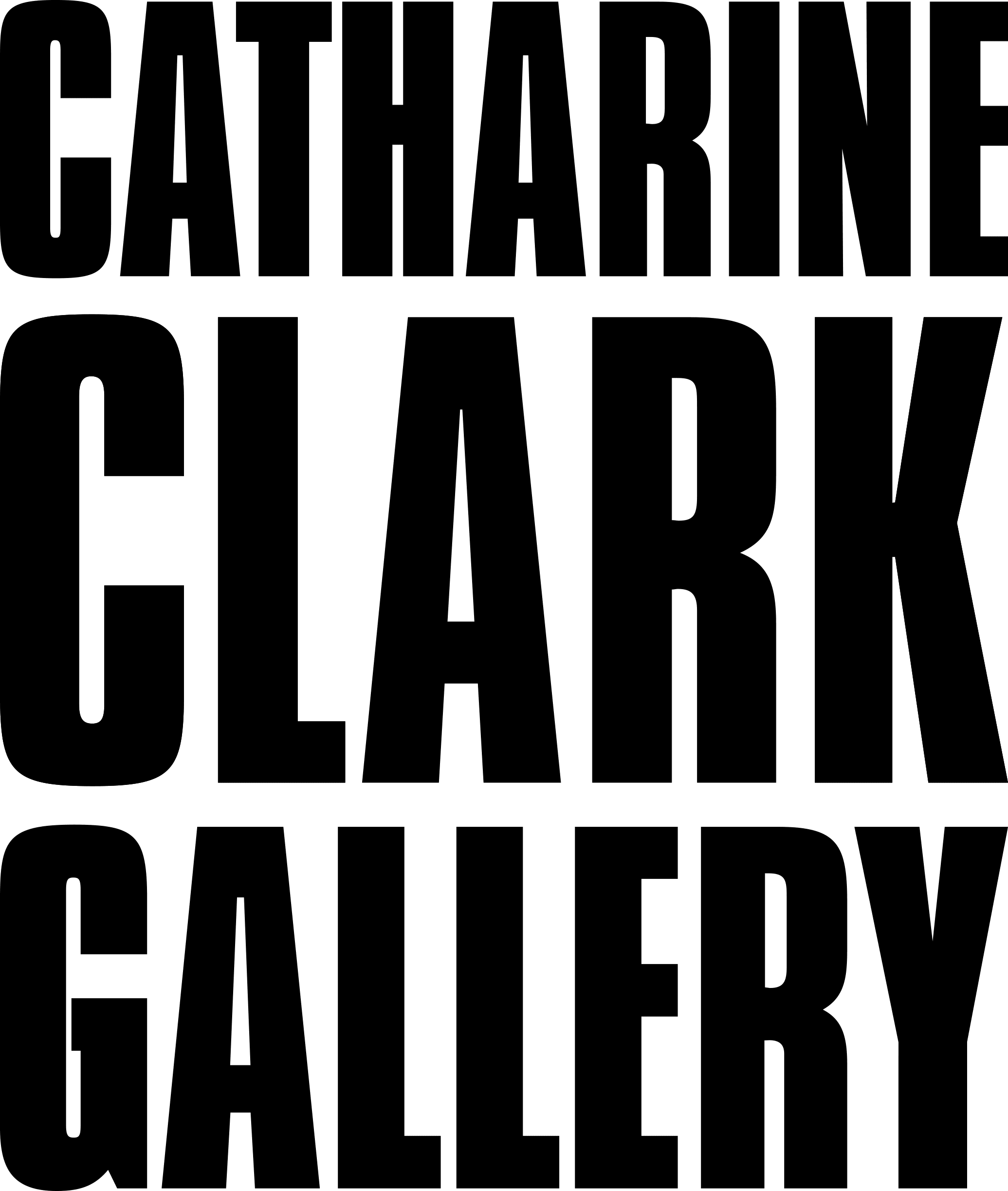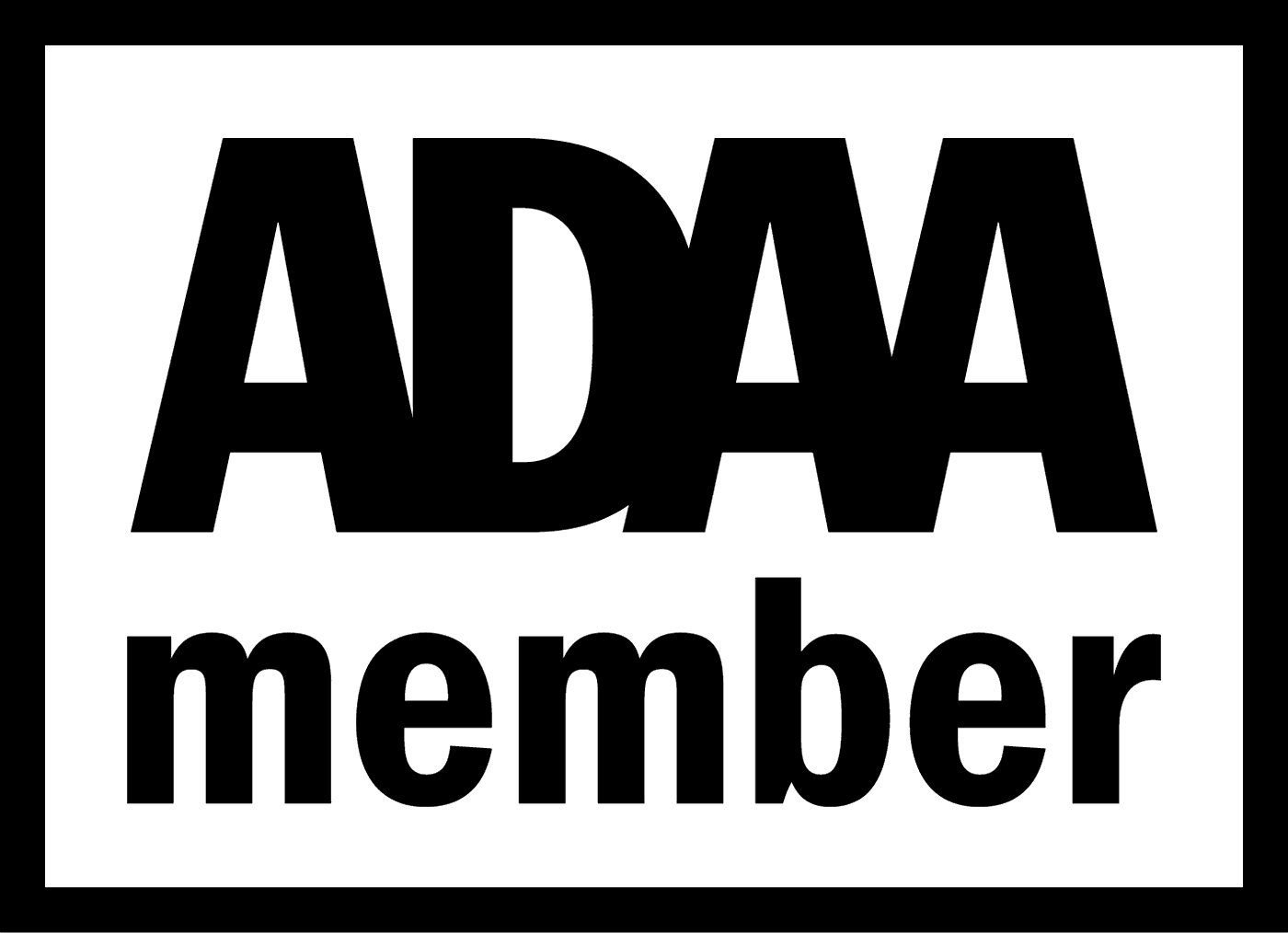"The exhibition is the culmination of a three-year research programme, which has already resulted in changes at the Henry Moore Institute.
“We ask now for tactile objects,” says Dr Clare O’Dowd, research curator at the institute. “If we are working with a living artist, we’ll ask them for objects or materials that we can use on ‘touch tours’ … maybe a maquette or some material that the artists use, so that you can get more of a sense of the object itself.”
Dr Aaron McPeake, a blind artist who co-curated the show and an associate lecturer at Chelsea College of Arts, said changes made by institutions to make them more accessible usually benefited everyone and were known as “blindness gains”.
He said: “You get announcements on buses and trains signalling what the next station is. That was primarily instigated for blind people, but now everyone uses it so they can read their book and still know when the stops coming up. Those kind of accessible instruments are used by everyone, and they benefit everyone.”
Lenka Clayton’s work Sculpture for the Blind, by the Blind 2017, is featured in the show. “She worked with 17 blind artists to make variations of Constantin Brâncuși’s Sculpture for the Blind, which ironically, is behind glass in the Philadelphia Museum of Art and can’t be touched,” said Wilder.

Other work includes Emilie Louise Gossiaux’s Doggirl 2025, “an anthropomorphised ceramic sculpture” based on the artist’s guide dog; Jennifer Justice’s “highly tactile hanging installation” Bucket of Rain 2017; and Collin van Uchelen’s Project Fire Flower, which features a series of illuminated tactile panels.
There have been other landmark exhibitions that tackled the subject of blindness or tried to engage blind audiences: the Tate’s Sculpture for the Blind in 1981 and the 1987 exhibition Revelation for the Hands at Leeds City Art Gallery, where visitors were invited to touch the 20 works on show."



